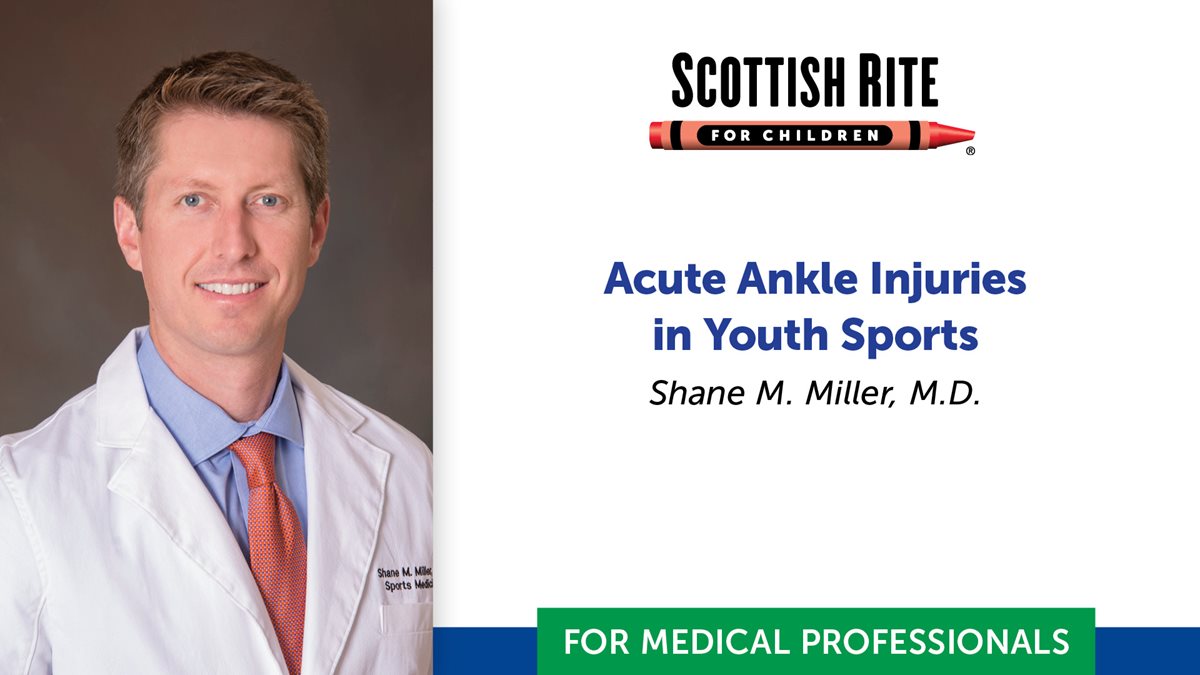This is a summary of a program presented as part of a free, monthly education series at Scottish Rite for Children in Frisco, Texas. Register for this and other on-demand programs or watch the presentation on our YouTube channel for Medical Professionals. Download a...











